Новости
Приглашенные докладчики
Dr. Vladimir Arlazarov
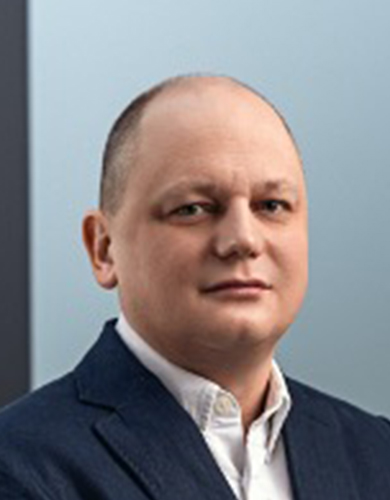
Position/Affiliation: Head of laboratory 9-3 of the Dorodnicyn Computing Centre, RAS (CC RAS); General Director of the Smart Engines.
Scientific interests: recognition systems, neural network models, mobile devices.
Talk title: “Security analysis of neural network models and ways to prevent attacks on artificial intelligence”.
Over the past two decades, artificial neural networks have become a key technology for solving problems of data recognition, prediction and analysis. Deep neural network architectures have been created that are used everywhere and allow you to perform printed and handwritten character recognition, object localization, scene segmentation, and even solve content creation tasks. Such models contain tens of millions of coefficients and require significant training costs, both in terms of energy and equipment, and in terms of preparing large amounts of data for training and testing. For intensive execution of such models, special equipment may also be required. On the one hand, specialized tensor and GPU processors are available to solve these problems, as well as ready-made training datasets and even models with pre-trained coefficients. On the other hand, the use of such materials and equipment without prior verification can be a source of vulnerability in the neural network model. With their help, attackers can: intentionally evade recognition, influence the operation of automatic systems, cause denials of service, and even steal confidential or commercial information. In addition, even artificial neural network models trained from scratch can be unstable to small fluctuations in input parameters, which makes their use unsafe. This report is devoted to an overview of modern neural network architectures, an analysis of the main classes of neural network vulnerabilities and existing methods of protection against them.
Prof. David Asatryan
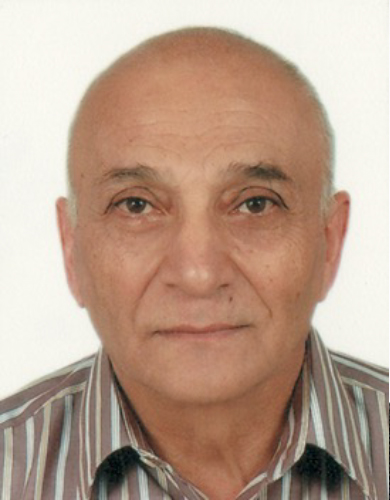
Position/Affiliation: Head of the Research Center for Critical Technologies, Russian-Armenian University, Yerevan, Armenia.
Scientific interests: signal and image processing.
Talk title: “Automatic dominant orientation estimation of texture images using the scattering ellipse of the gradients”.
The problem of estimating the image dominant orientation (IDO) is experimentally investigated, using the characteristics of the scattering ellipse of the gradient field components. According to these characteristics, the angle of rotation, the parameters of the shape of the Weibull distribution, which characterize the blurring of the image, as well as the IDO sharpness measure estimated. The results of an experimental study of the IDO properties in various situations, such as the implementation of rotations of texture and other types of images by various methods, the presence of distorting noise, etc., are given. Using the Photoshop software system, the results of applying the previously proposed approach to assessing the quality of image rotation algorithms, called the “backlash method”, are studied.
Dr. Atanas Marinov Atanassov
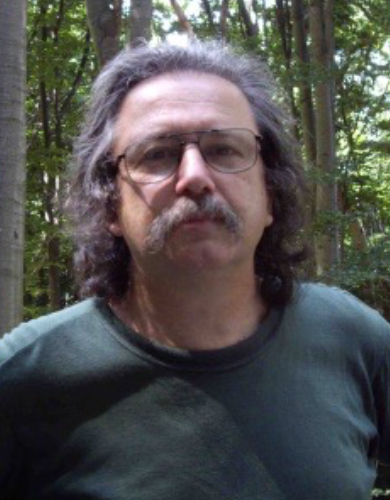
Position/Affiliation: Physicist in the section "Atmospheric Optical Emissions", at the Institute of Space Research and Technology, Bulgarian Academy of Sciences.
Scientific interests: situational analysis, space mission analysis and design, parallel calculations, computer simulations.
Recently, trends in space research related to Earth observation have been associated with the use of distributed sensor systems located on increasingly small satellites. The possibilities for using heterogeneous multi-satellite systems included in the federation are also the research subject. The design of such systems requires the development of efficient algorithms and software tools for simulation.
Tools for calculating and modelling multi-satellite missions are developed. A parallel integrator of systems of differential equations and a situational analysis solver are presented. A program model for combining parallel computing tools is also considered.
Dialogic tools for modelling multi-satellite systems and space environment, which include space debris are discussed. The conceptual development of a system for computer simulations, which includes the considered tools, is also presented.
Prof. Yunxia Jin
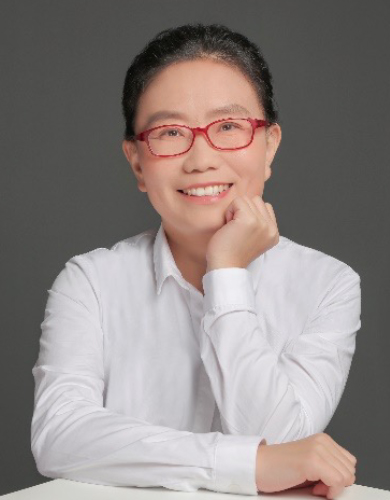
Position/Affiliation: Professor of Shanghai Institute of Optics and Fine Mechanics, Chinese Academy of Sciences
Scientific interests: surface relief gratings, volume Bragg gratings, thin films.
Talk title: “Reflective Gratings for Chirped Pulse Amplification Laser Systems”.
Pulse compression gratings are used to compress or stretch laser pulses and are commonly used in Chirped Pulse Amplification (CPA) laser systems. The research progress of the design and fabrication of reflective pulse compressed gratings, including surface relief gratings and volume Bragg gratings, in Shanghai Institute of Optics and Fine Mechanics (SIOM), Chinese Academy of Sciences (CAS) will be presented in this report. These gratings have potential applications where the pulse width is required to be compressed from nanosecond to picosecond or to femtosecond according to different laser systems.
Andrey Kolesnikov
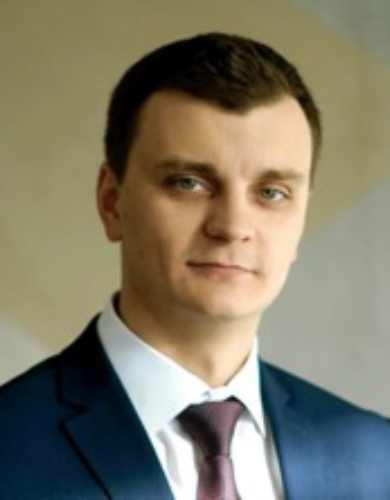
Position/Affiliation: Head of Engineering Department, "MyOffice".
Scientific interests: high-load systems, big data, data migration, network technologies.
Talk title: “Mail server migration”.
MyOffice has been developing several mail solutions and has extensive experience on the Russian market. I'm in charge of products introduction. We will talk about the procedure for migrating mail servers, illustrating the main scenarios for "moving" from one mail system to another. I will talk about migration tools for different types of data, such as emails, calendars, and address books. We will also address the issues that we face in practice and ways to solve them.
Dr. Ivan Kostadinov
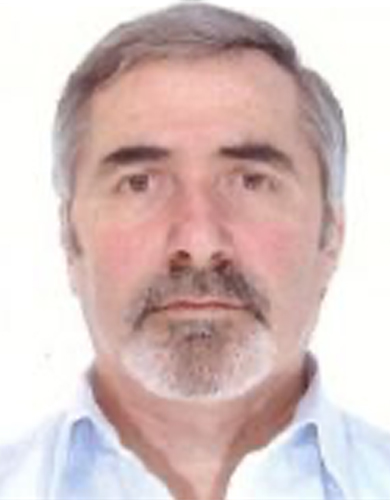
Position/Affiliation: Remote Sensing R&D, PROAMBIENTE S.c.r.l.
Scientific interests: Atmospheric processes, troposphere/stratosphere studies; Satellite data validation ; Spectral and radiometric calibration systems; Development of hyperspectral systems; Development of LIDAR systems; Scientific Projects coordination and management.
Talk title: “Modern solutions for remote sensing of the Earth and near-Earth space from the board of unmanned vehicles”.
The remote sensing appears a power scientific technology for noncontact probing of the Earth’s environment on different spatial horizontal and vertical scales through collecting and analyzing natural or artificial emitted, scattered or reflected radiation in the all electromagnetic spectrum. The aim of these studies are addressed to predict the future scenarios of the Earth’s climatic and biological system in order to face in optimal way the negative impact of these changes.
The technological development in the last years, including the advanced the unmanned vehicles, reveals new opportunities to derive specific scientific information with higher temporal and spatial resolution assuring in the same time sufficient measurement accuracy.
Prof. Aleksandr Potyupkin
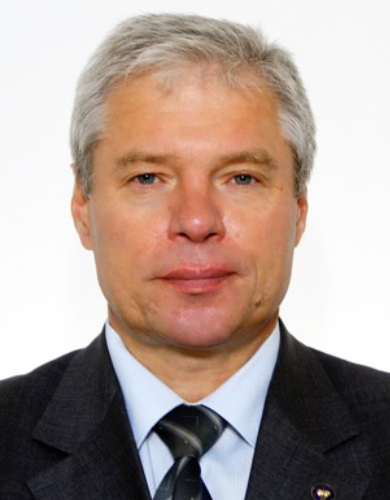
Position/Affiliation: Chief Scientist, Joint Stock Company “Russian Space Systems”, Moscow, Russian Federation.
Scientific interests: space systems, artificial intelligence.
Talk title: “Modeling the functioning of multi-satellite orbital groupings”.
The issues of modeling the functioning of multi-satellite orbital groupings are considered. The basis of formalization is the concept of a new class of multi-agent systems – redundant systems presented in the form of agents – radical as functional elements that allow describing the behavioral activity of a multi-agent system. An example of a radical model of the orbital grouping of spacecraft as a redundant system is given.
Dr. Andrey Pryamikov
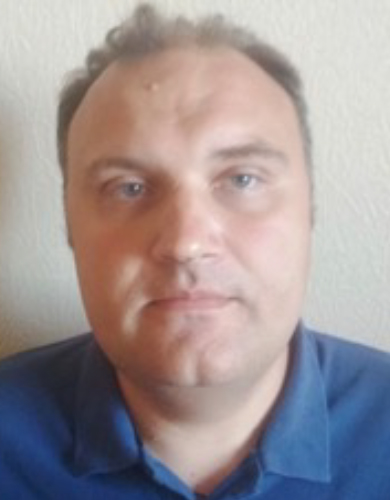
Position/Affiliation: Senior Researcher, Prokhorov General Physics Institute of the Russian Academy of Sciences.
Scientific interests: fiber optics, micro – structured optical fibers, nonlinear fiber optics, fiber lasers.
Micro-structured optical fibers have long gained a strong position in many fields and applications of fiber optics. For example, a little more than 10 years ago, hollow micro-structured optical fibers of a new type were proposed and created, namely, optical fibers with negative curvature core – cladding boundary. Their interesting feature was that with a fairly simple cladding design, they localized light in the hollow core to such an extent that it was possible to transmit radiation in the mid-IR range in silica glass fibers. Silica glass has very large material losses in the wavelength range > 3 µm. At the same time, these fibers did not have a complex photonic-crystalline cladding. This suggested that the mechanism of light localization in them is not quite usual. When studying the process of radiation outflow from the hollow core, it was found that singularities and vortices are present in the transverse component of the Poynting vector of the core modes. Later it turned out that a similar behavior of the Poynting vector of the core modes is also found in solid-state micro-structured optical fibers. This report is devoted to the description of vortex movements of the Poynting vector of the core modes of micro-structured optical fibers and the possible connection of this phenomenon with a decrease in losses in these optical fibers.
Prof. Saifollah Rasouli
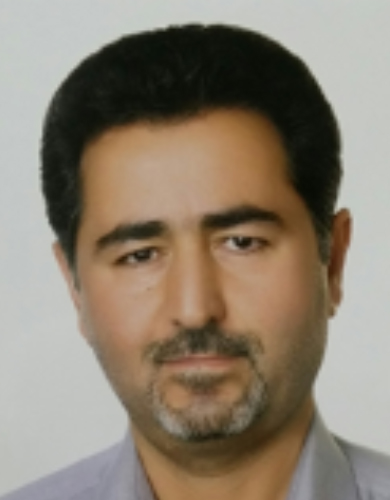
Position/Affiliation: Professor of Physics at the Department of Physics, Institute for Advanced Studies in Basic Sciences (IASBS), Zanjan 45137-66731, Iran.
Scientific interests: Fourier optics, diffractive optics, structured light and singular optics, turbulence, optical metrology.
Talk title: “A review on radial carpet beams (RCBs) and some new studies on the self-healing of the RCBs”.
Structured beams are attracting major attention and presenting various applications in many areas of optics. We have recently reported observation of a new class of accelerating, self-healing, non-diffracting, and shape invariant beams, have numerous phase anomalies and unprecedented patterns, and can be feasibly tuned. Diffraction of a plane wave from radial amplitude/phase gratings generates such beams, and due to their beauty and structural complexity, we named them “radial carpet beams” (RCBs). In this talk, a report on the recent studies were done on the RCBs will be presented. In the diffraction of a plane wave from an amplitude radial grating we show that the boundaries of geometric shadow, near- and far-field diffraction regimes to be curved. It is also shown that the Talbot carpet can be generated at the transverse plane in the diffraction of a plane wave from an amplitude radial grating. In the diffraction of a collimated wave-front of a white light beam from a radial grating the phenomena "diffraction-based rainbow" is introduced and formation of colorful radial Talbot carpet at the transverse plane is investigated. An exceptional sample of spectrum-invariant propagation is also presented. An azimuthally-modified linear phase grating is introduced and generation of varied radial carpet beams over the different diffraction orders with controlled intensity sharing among the generated beams is presented. Existence of the self-imaging in the polar coordinates for the azimuthally periodic Bessel-based structures is proved. We also consider a family of solutions of the homogeneous free-space scalar wave equation, and we named them “combined half-integer Bessel-like beams” which are determined by linear combinations of the half-integer order Bessel functions. It is shown that, this family of beams satisfies a “radial structured” boundary condition at z = 0 plane, therefore they can be produced by the diffraction of a plane wave from suitable “radial structures.”
The use of RCBs for "multiple particle trapping" is presented. This type of trapping is very versatile, yet cheap and simple. We also investigate and compare the propagation of Laguerre-Gaussian (LG) and RCBs through an indoor convective air turbulence under weak to strong turbulence conditions. We show that, under the same turbulence conditions, the RCB experiences less disturbance and is more resilient to turbulence, especially when it has a complicated structure. It is also shown that a set of RCBs having different values of the main intensity spots can be used as an orthogonal bases for free-space optical communication. Finally, some new studies on the self-healing of RCBs will be presented.
Prof. Arkady Shipulin

Position/Affiliation: Associated Director of the Center of Photonic Science and Engineering
Scientific interests: Photonic Integrated Circuits, photonics, optical communication, nanooptics and optical metamaterials.
Talk title: “ECOPIC – ECOsystem for Photonic Integrated Circuits”.
The digital transformation of the economy and society leads to qualitatively new demands for technologies that "serve" humans. In the twentieth century, the answer to such demands was electronics, based on technologies for creating electronic integrated circuits.
In the twenty-first century, such an end-to-end key technology is photonics, the development of which requires a focus and priorities to be determined. The main "anchor" technology in this case is the technology of photonic integrated circuits - PIC, similar to integrated circuits in microelectronics. As in microelectronics, the main advantages of photonics begin to manifest themselves when manufactured in integrated form - "on a chip", when the necessary compactness, low power consumption and radical cost reduction are achieved. All advanced countries are developing PIC technologies, where a huge variety of functionalities can be integrated on tiny chips, from on-chip laboratories to next-generation 6G communication systems, from structural condition monitoring to navigation, from high-performance computing to quantum devices.
We have created the basis for such a domestic ecosystem - the professional Design Center for PIC design and production. Working with the world's leading manufacturers, we have collected the entire set of competencies needed to create the ecosystem. We demonstrated the first chips - passive and active components of all required types. These include interrogators for monitoring systems, electro-optical modulators for communication systems and radio-photonics, ion traps for atomic clocks and quantum computers, quantum random number generators for quantum key distribution systems, etc. Designs are being developed to implement neural networks on PICs, optical transistor (classical and quantum variants), and neuromorphic computer on PICs.
Prof. Kehar Singh

Position/Affiliation: Hony. Professor, Optics and Photonics Center, Indian Institute of Technology, Delhi, New-Delhi-110016
Scientific interests: Information Optics, Holography, Optical Cryptography, Nanophotonics.
We propose an iterative attack algorithm on a nonlinear cryptosystem based on the fractional Mellin transform. Furthermore, a new multiuser optical image encryption and authentication algorithm is proposed. In the proposed algorithm, the cascaded fractional Mellin transform, polar decomposition, and sparse multiplexing are applied to generate a ciphertext of an input image. Through polar decomposition, multiple private keys are generated during the encryption process, that can be utilized on the multiuser authentication platform. The proposed scheme has a large key space and is robust against several attacks such as contamination attacks (noise and occlusion), brute-force attack, plain-text attack, and special iterative attack. A comparative analysis of the proposed scheme is also performed with the similar existing schemes. Simulated numerical results indicate that the proposed algorithm is feasible and robust.
Prof. RAS Yury Vizilter

Position/Affiliation: Director of Artificial Intelligence, Head of Department / State Research Institute of Aviation Systems (GosNIIAS).
Scientific interests: machine vision, machine learning, deep learning, image processing, biometrics, digital photogrammetry, pattern recognition, mathematical morphology, video analysis.
Talk title: “Actual tasks and results in CV and ML (2020-2021)”.
The subjective overview of most interesting approaches, results and trends in CV and ML 2020-2021. Transformers in vision. Diffusion models. Active vision and Reinforcement learning. Decision Transformer. Open-Ended Learning.
Prof. Alexander Volyar

Position/Affiliation: Professor of the Physics and Technology Institute V.I. Vernadsky Crimean Federal University, Simferopol, Russia.
Scientific interests: Singular optics, Diffraction optics.
Talk title: “Internal perturbations of structured vortex beams: Controlling OAM by radial numbers”.
We analyzed the mode composition and the OAM of structured LG beams, whose HG modes were subjected to harmonic perturbations with multiple phases and equal amplitudes, which is similar to the input of big data arrays into a structured beam in two-parametric regime. . It was shown that, at large values of the amplitude parameter and a variation of the phase parameter, a structured beam can change from a standard LG beam to an HG beam, while at low values of the amplitude parameter, the range of beam transformations sharply decreases, capturing only its transition from a vortex state to states with degenerate edge dislocations. We revealed that variations of the radial number of the structured LG beam is accompanied by the OAM oscillations, both in the region of its positive and negative ones, over the entire range of changing the phase parameter. As the amplitude parameter increases, the amplitudes of the oscillations smooth out and, in the limit of large values of the amplitude parameter, tend to a smooth cosine form.
Andrey Vyunishev
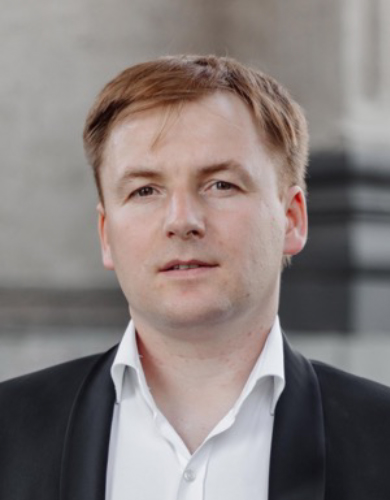
Position/Affiliation: Deputy Director for Science, Kirensky Institute of Physics, Federal Research Center KSC SB RAS.
Scientific interests: coherent optics, nonlinear photonics, singular optics, imaging.
Talk title: “Synthesis of complex optical vortices: from single vortices to 3D lattices”.
Nowadays, considerable attention has been attracted to the optical vortices (OV). They have found applications in optical communications, super-resolution microscopy, optical manipulation and so on. At the same time, obtaining of well-defined OV structures and their spatial control is still challenging. In this talk, our recent results on synthesis of complex optical vortices including 3D OV lattices will be reported.


